Nestled in the heart of Nantes’s medieval centre lies the magnificent and imposing Chateau des Ducs de Bretagne, the former home of the dukes of Brittany.
It was the place I was most excited about visiting in Nantes and on my first full day in the city, I made my way to the chateau, keen to get there soon after it opened at 10am.
The chateau dates back to the 13th century and its famous former residents have included Anne, Duchess of Brittany, who went on to marry two French kings, and her father Fran?ois II.
It’s also said to be the place where King Henri IV of France signed the Edict of Nantes in April 1598, the famous decree that gave rights to the French protestants.
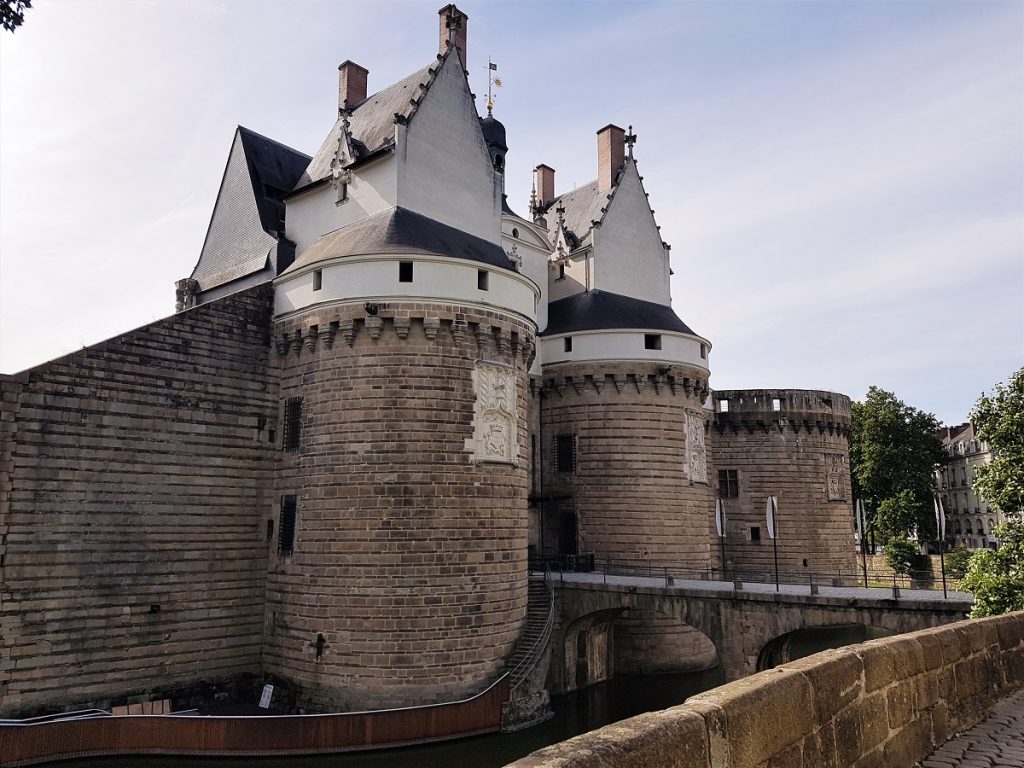
The grand chateau was quiet when I arrived and I began my visit by going up onto the ramparts, from where I could look out over the chateau’s courtyard (below) and the small park just beyond its mighty stone walls.
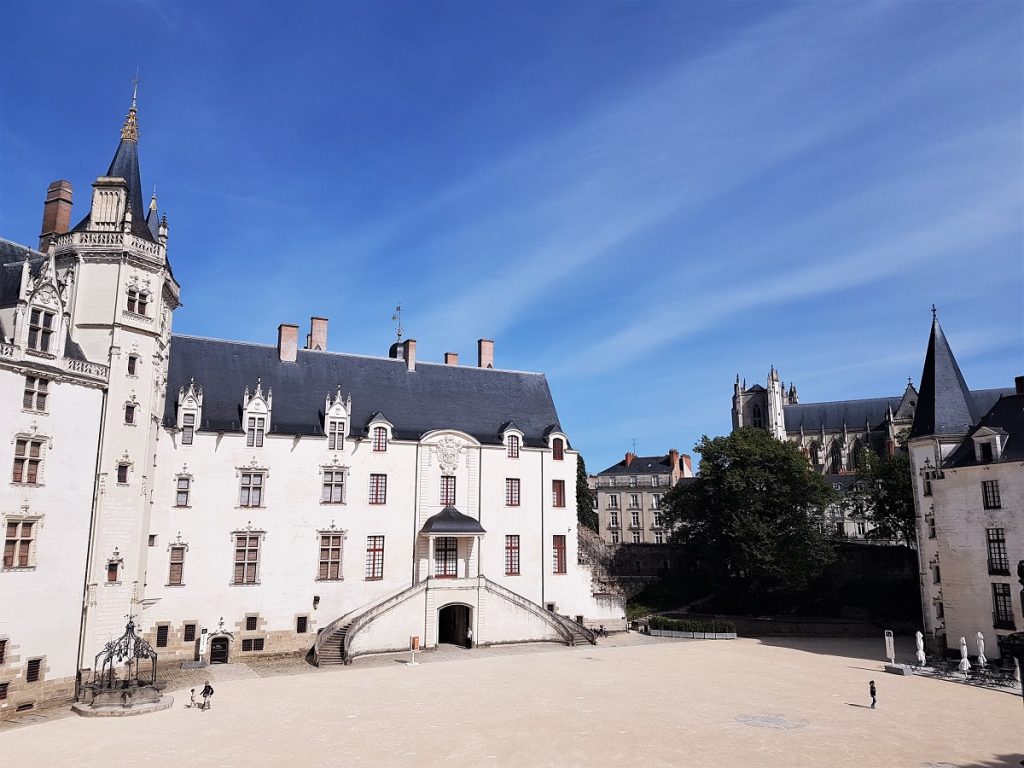
The chateau is today home to an extensive museum that recounts the history of Nantes, and after strolling along the ramparts, I headed inside to take a look.

The museum takes visitors on a journey through the ages.
Starting with Nantes’s early Roman beginnings, it then explores the city’s rule by the dukes of Brittany (above), its incorporation into the French crown, the Revolution, its maritime and industrial history, its role in the slave trade and the two world wars (below).
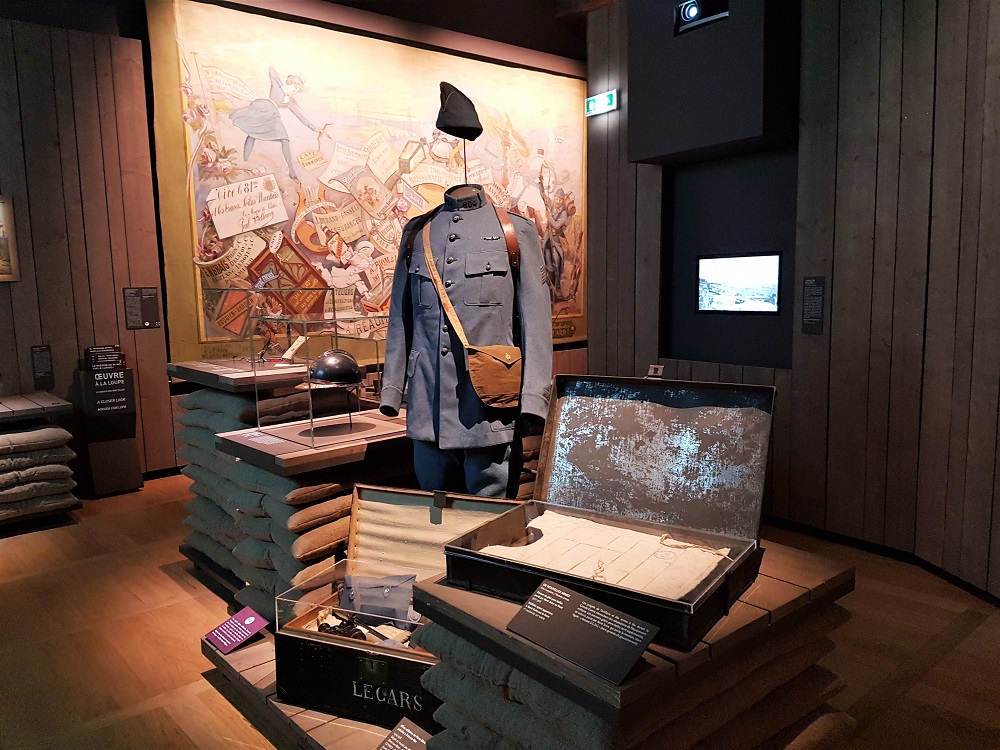
The museum is packed with interesting exhibitions and artifacts. Most rooms are themed and each one is home to a large visitors’ book that’s filled with information in English, French and Spanish.
The most famous artifact in the museum is a gold casket containing the heart of Anne, Duchess of Brittany.
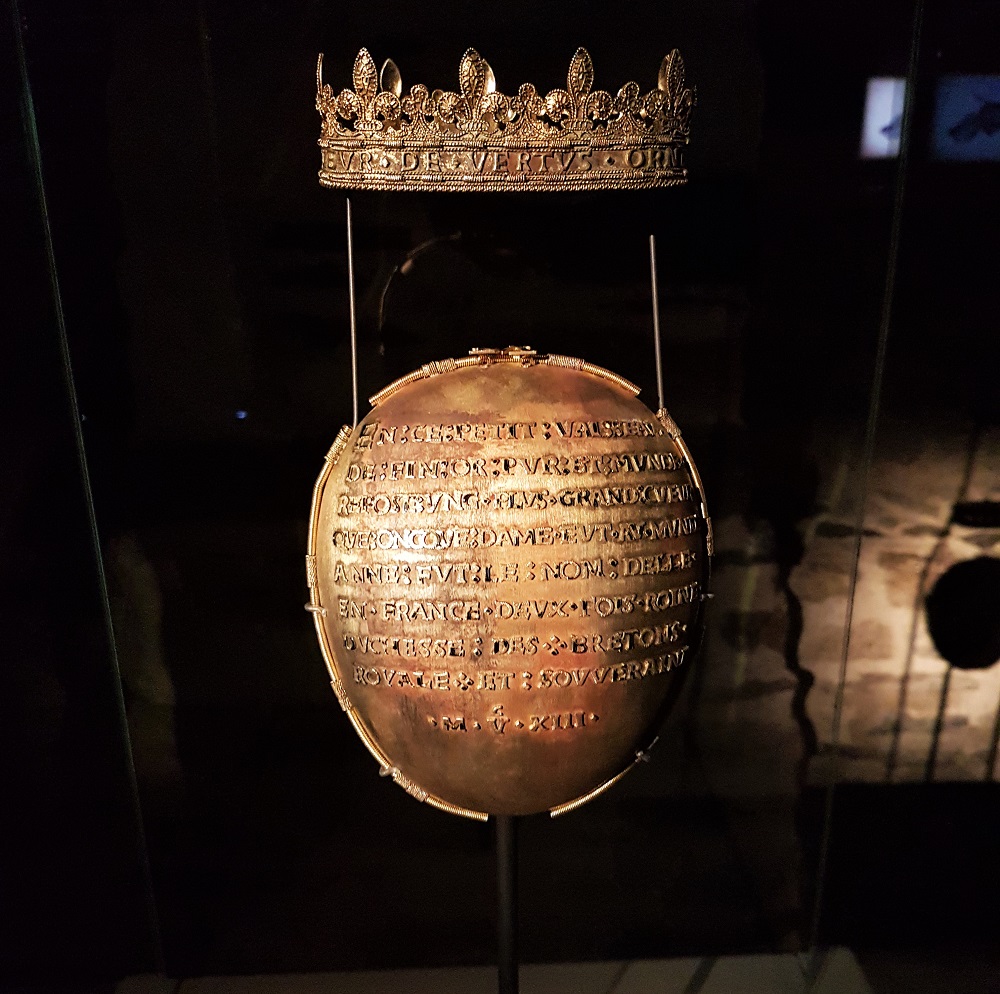
The heart was stolen in April 2018, but was found safely soon afterwards and was back on display when I visited (above).
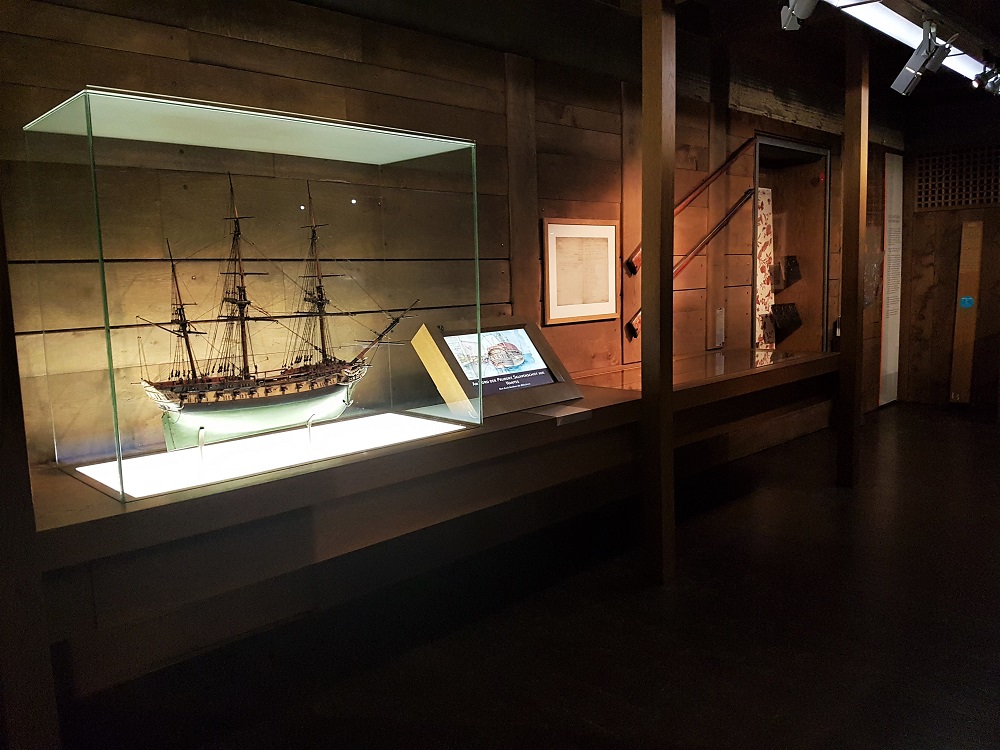
The museum doesn’t shy away from the shameful and unsavoury parts of the city’s past either. I hadn’t realised, for example, how important the slave trade had been to Nantes – it was a huge enterprise and much of the city’s wealth derived from it.
Slaves continued to be traded even after slavery was outlawed in the early 19th century and the slave trade only came to an end in Nantes in 1831.
The extensive museum is exceptionally well-curated and I was impressed by just how much there was to see. It’s an excellent museum and gives visitors a thorough and fascinating glimpse into the city’s past – the good, the bad and the ugly.
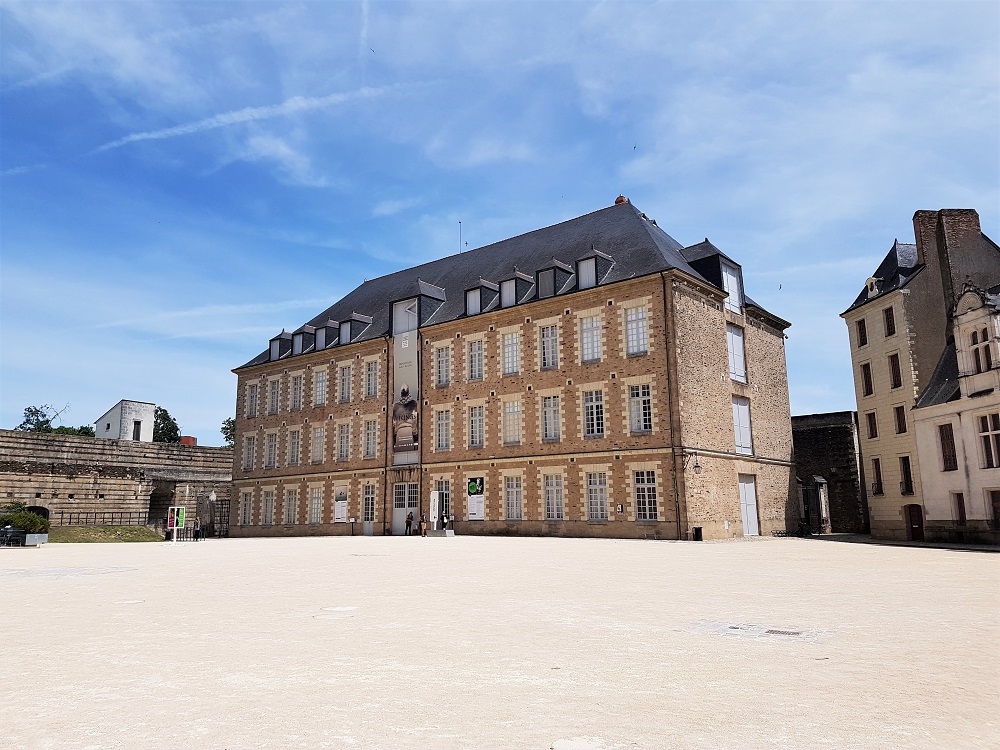
Having seen all there was to see in the main museum, I popped into the tea room across the courtyard for a cup of tea, before making my way to the Harness Room (above), which houses the museum’s temporary exhibitions.
When I visited, the large building was home to an exhibition about the Vikings and another about Nantes’s rock scene.
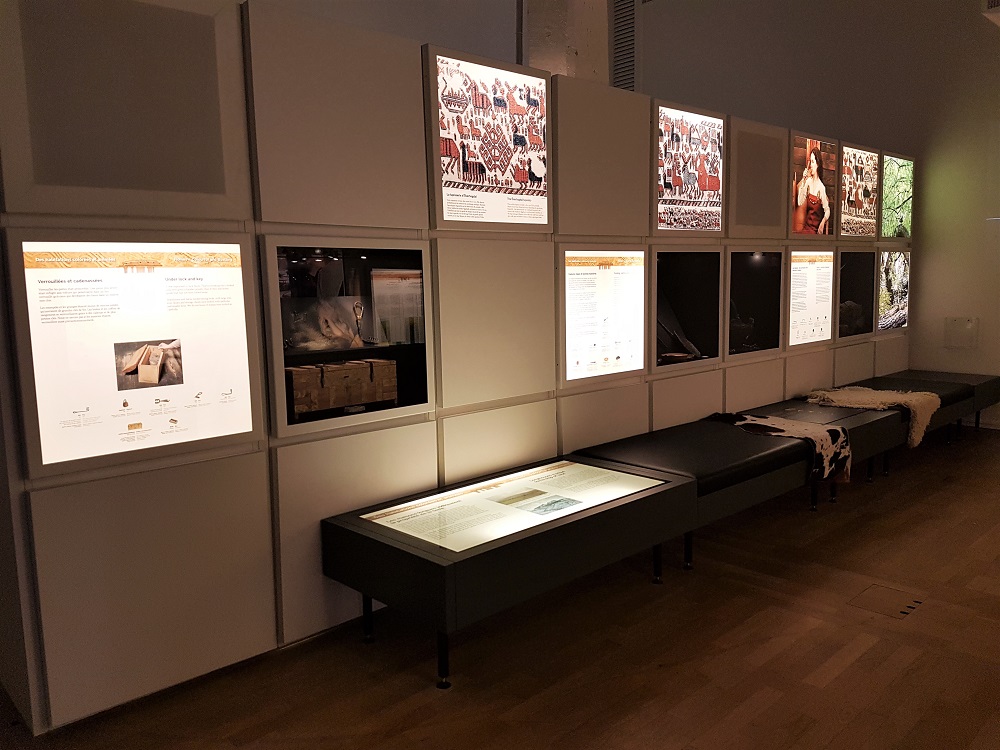
The superb Viking exhibition (above), which was set out over two floors, was packed with information (in French and English) and there were lots of artifacts to look at (some authentic, some recreations).
I was glad I’d read Neil Gaiman’s Norse Mythology a few days before my visit because the exhibits talked a lot about the myths and it really helped reinforce my knowledge.
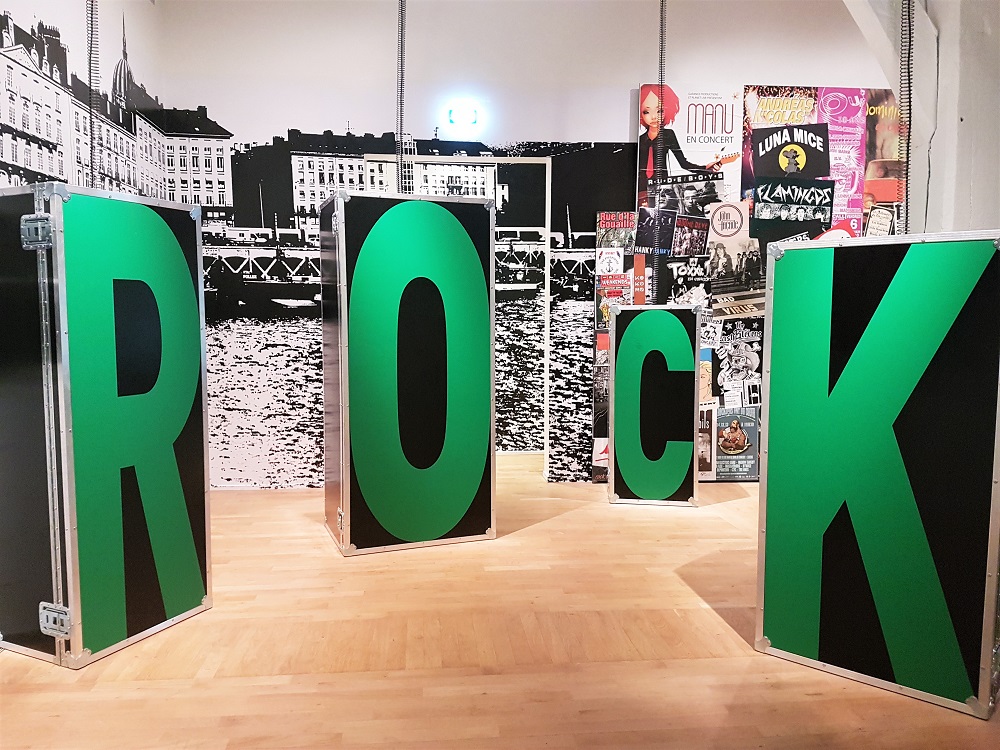
I wasn’t as keen on the exhibition about the rock scene in Nantes. The subject matter didn’t interest me as much and I struggled to understand a lot of the displays as the information was only available in French and my middling French wasn’t good enough to make sense of it all.

From the temporary exhibition hall, I walked back up onto the ramparts, which stretch all the way around the castle, to soak up the views of the city.
The ramparts overlook a number of Nantes’s landmarks, including the Cathédrale Saint-Pierre-et-Saint-Paul (above, in the distance) and the distinctive Usine LU (a biscuit factory-turned-art and music venue).
I spent four hours looking around the chateau and by the time I’d finished, I was famished. So I stopped in a nearby boulangerie to pick up a croque monsieur and headed to the small park that surrounds the chateau to enjoy a picnic in the sunshine.
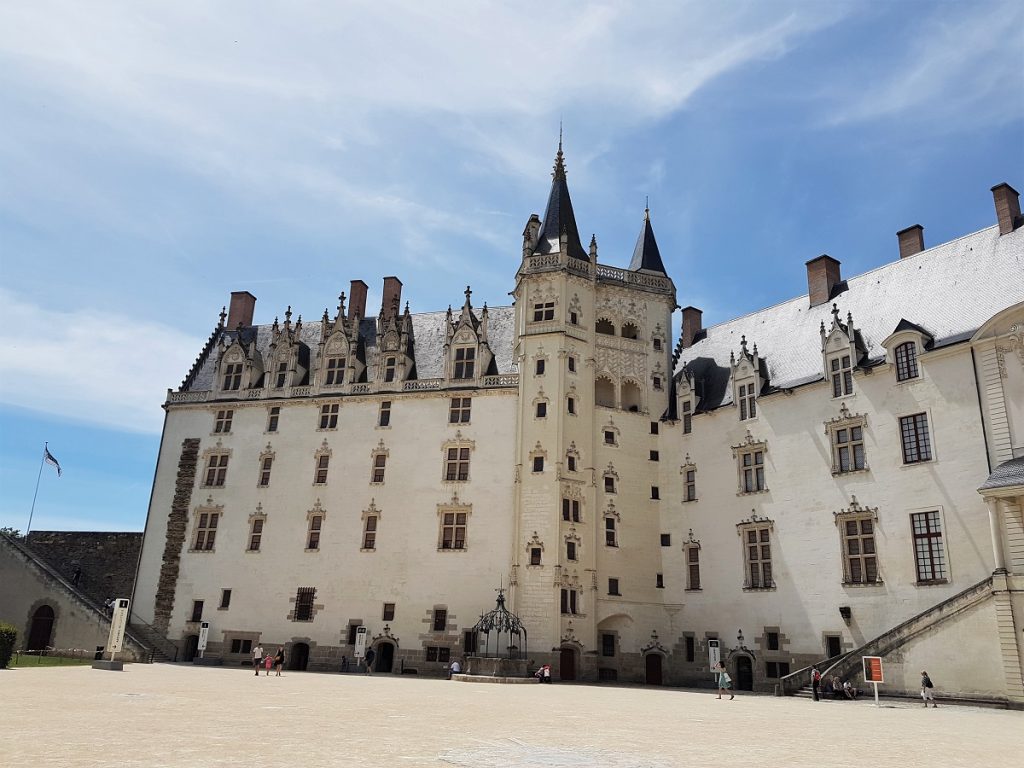
I thoroughly enjoyed my visit to the Chateau des Ducs de Bretagne. It’s a beautiful, elegant building and the exceptionally well-curated Musée d’Histoire de Nantes is superb. I couldn’t fault it.
Having really looked forward to my visit, I was delighted that it lived up to my (admittedly) very high expectations.






